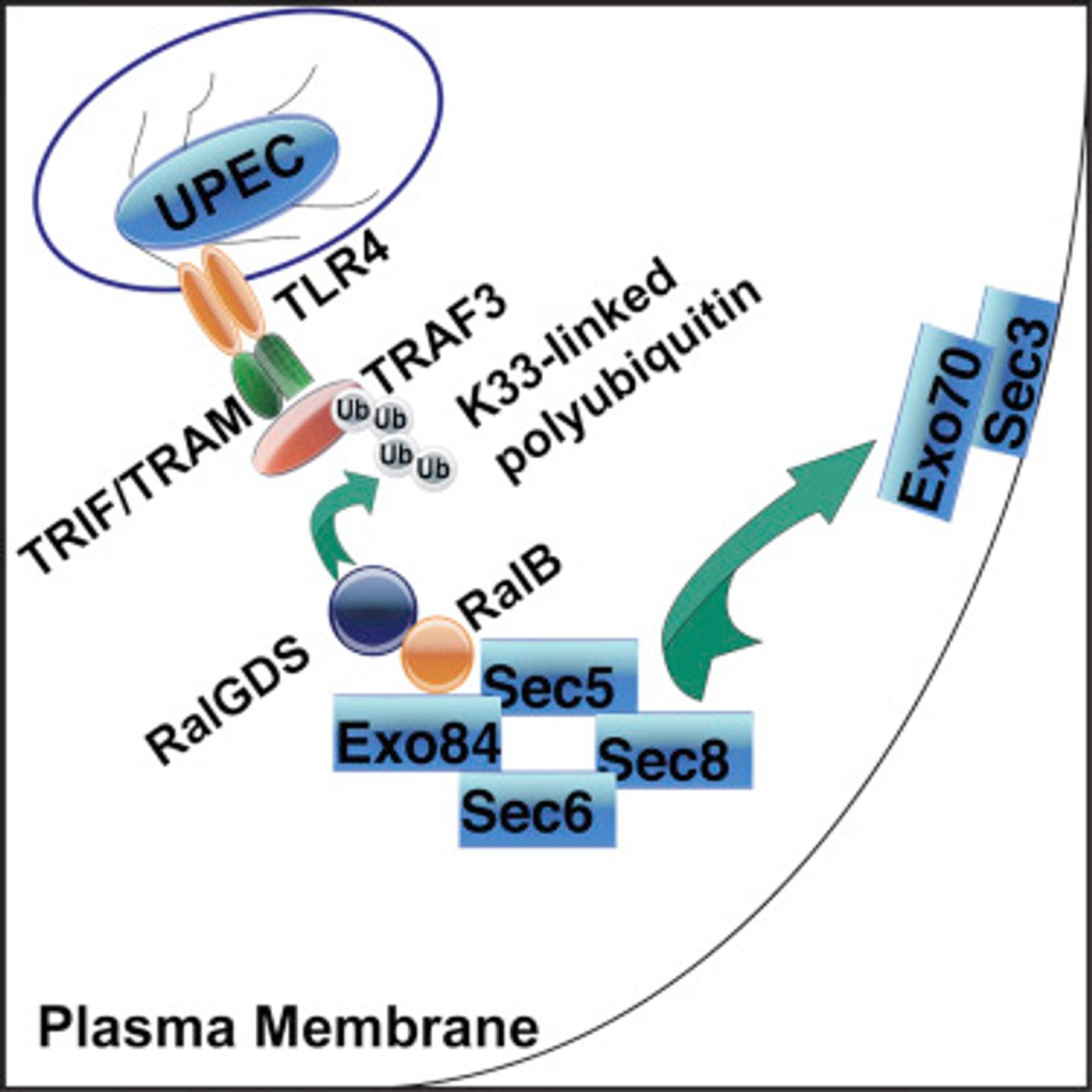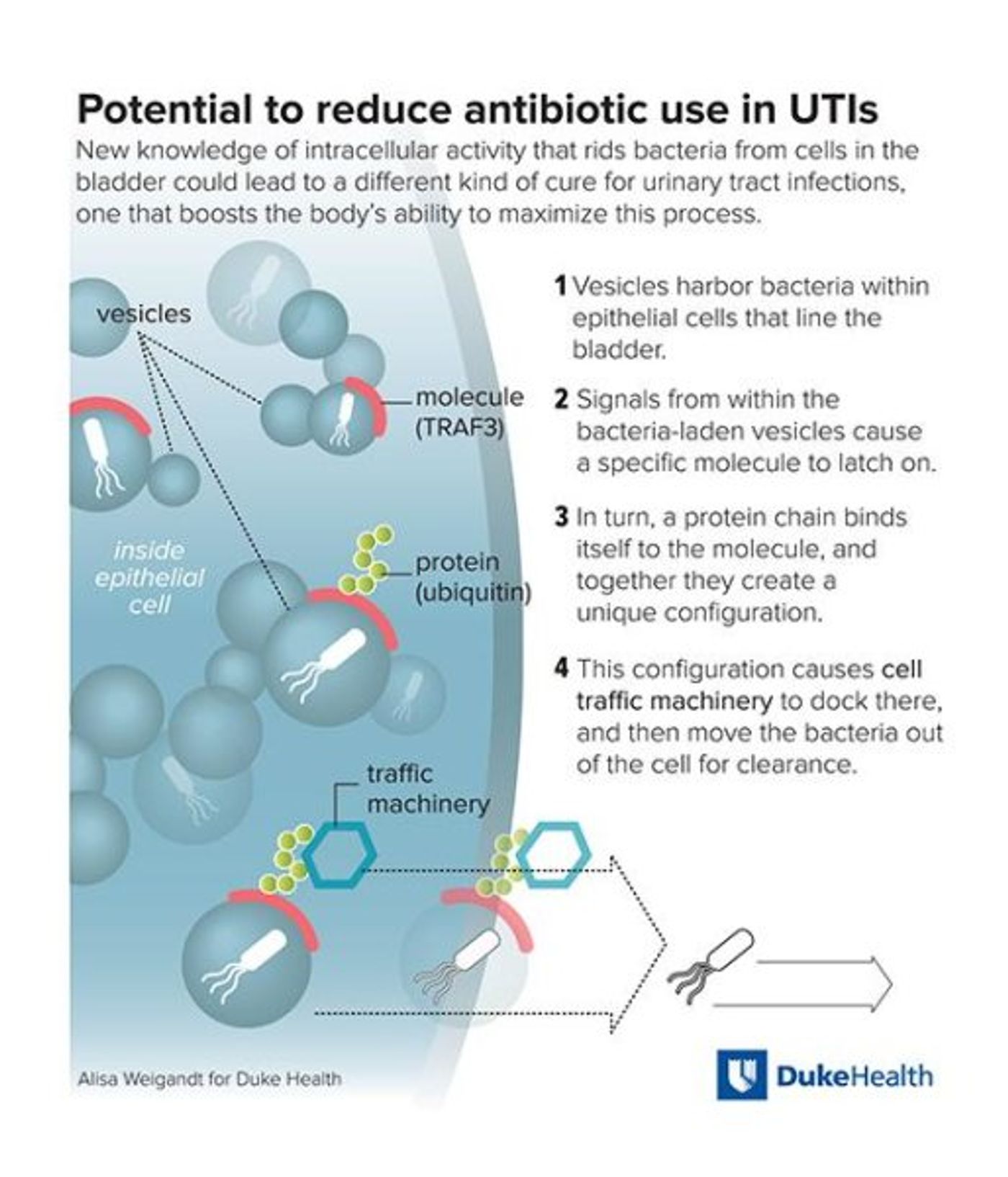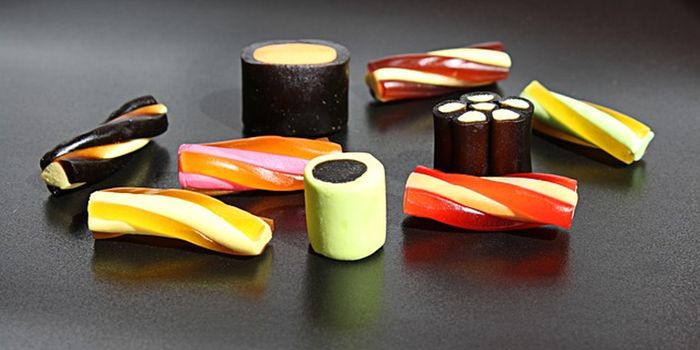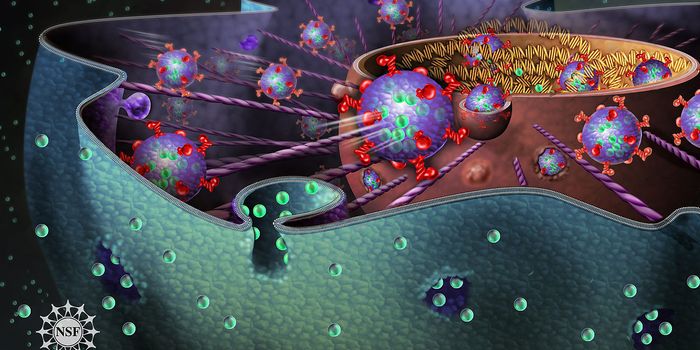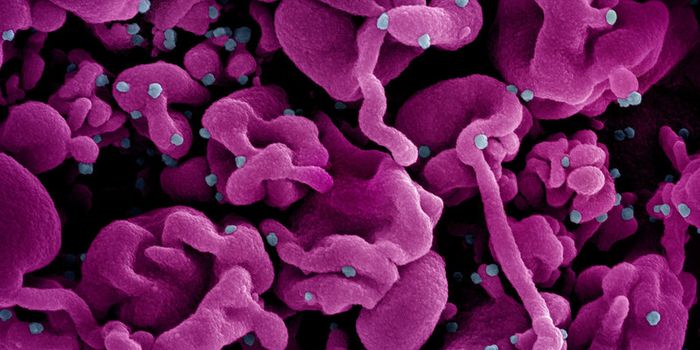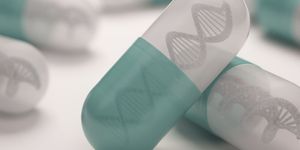Scientists at Duke Health and Duke-National University of Singapore Medical School have
reported in the journal Immunity that a common trafficking mechanism in cells, usually used to secrete soluble chemicals like hormones, may also be a way to rid the urinary tract of infection. An investigation of the immune response to urinary tract infections revealed that the bladder fights bacterial infection when its cells quickly expel invading bacteria that are subsequently voided in urine.
Urinary tract infections are a very common kind of bacterial infection. The National Center for Health Statistics says that urinary tract infections (UTIs) are responsible for around 8 million medical visits per year in the U.S. alone.
"There is growing interest in identifying new ways to fight UTIs as bacteria are becoming increasingly resistant to antibiotics," explained Soman Abraham, Ph.D. He is a professor in the Departments of Pathology, Immunology, and Microbiology and Molecular Genetics at Duke University School of Medicine as well as the senior author of the study.
The work used bladder cells from mice and humans that were grown in lab culture. Reporting in the journal Immunity, the scientists describe how cells that line the bladder battle UTI-causing bacteria with proteins that are used for cellular secretion, and also suggests new targets for potential UTI therapies.
This team has done previous studies that showed that lysosomes, an organelle that breaks down waste, helps this process along. Deleterious bacteria are taken into the lysosomes, which in turn shuttles them to the cell surface. There, the bacteria are expelled from the cell.
Their new work builds on that research. This time they characterize another powerful mechanism, which also uses the lysosomes to expel as many bacteria as it can.
"Infecting bacteria are typically encased in a membrane following an invasion of the bladder wall," said Yuxuan Miao, a postdoctoral fellow and first author of the paper. "We found that the cell's machinery for secreting hormones was capable of recognizing these membrane-encased bacteria and exporting them out of the cell. Our studies also identified, for the first time, the critical 'pick-me-up' signal on the bacteria-encasing membrane responsible for initiating the cell's export process."
"In the past, we identified a plant extract called Forskolin, which has a strong impact on UTIs, even in the absence of antibiotics," commented Abraham. "Unfortunately, we didn't understand how it worked. These latest findings could provide the key to how the herb effectively combats UTIs."
Forskolin is known to enrich the cellular secretion process, and this new data shows that the same process is the driving force behind bacterial expulsion.
"If this link can be established, we could help advance the case for testing the herb and other similar-acting drugs as a potential new treatment for UTIs," Abraham concluded.
The video below from Mayo Clinic explains a little more about UTIs and how to prevent them.
Sources:
Science Daily via
Duke Health,
Immunity
